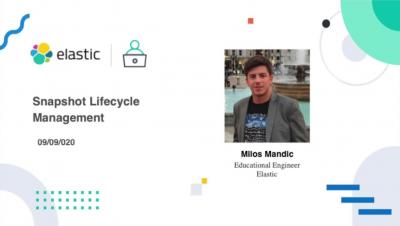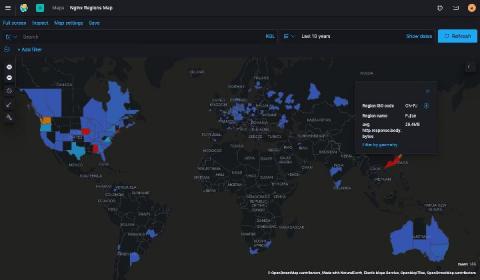Elastic Stack Monitoring with Elastic Cloud on Kubernetes
Elastic Cloud on Kubernetes (ECK) is the official operator for provisioning Elastic Stack deployments in Kubernetes. It orchestrates not only day-one provisioning, but also has the processes and best practices for day-two management and maintenance baked in. If you want to run your own Elastic Stack deployment on Kubernetes, then look no further than ECK!












